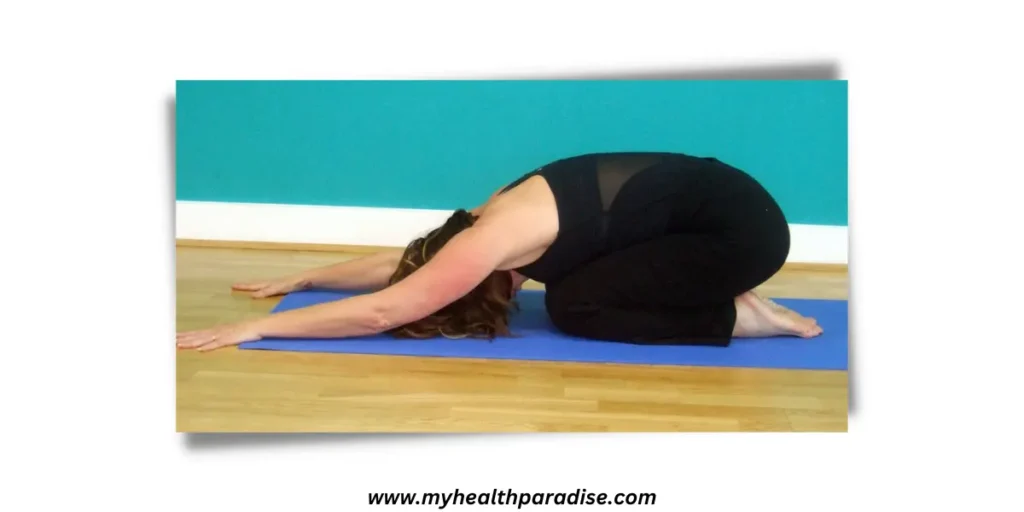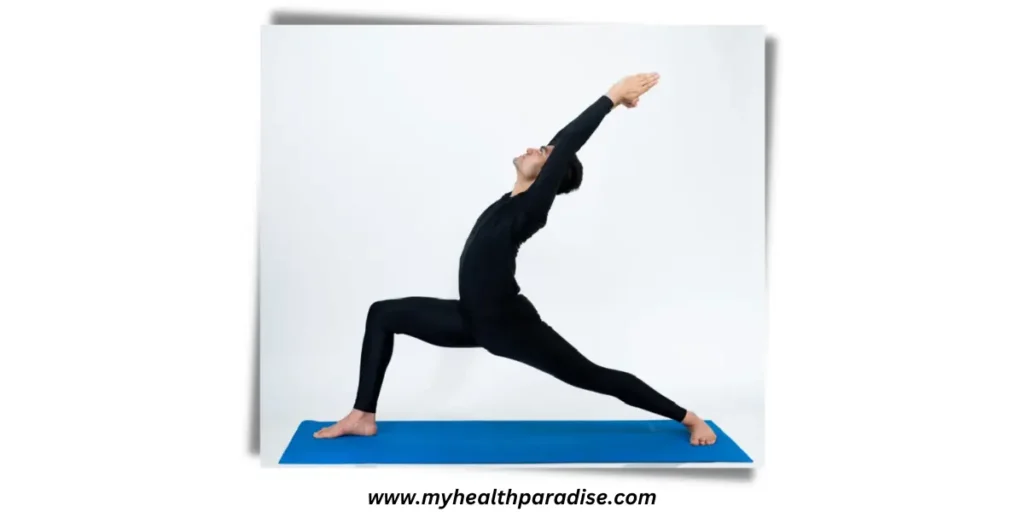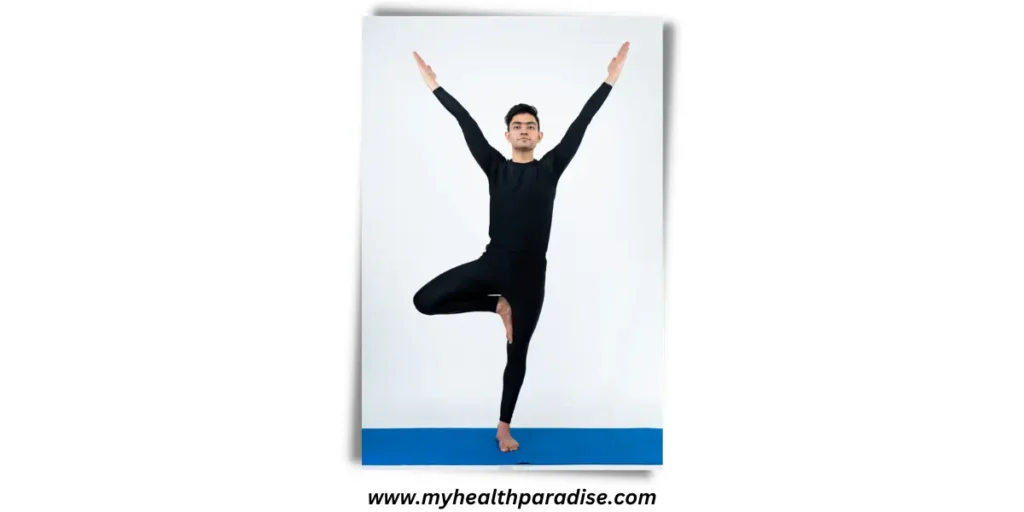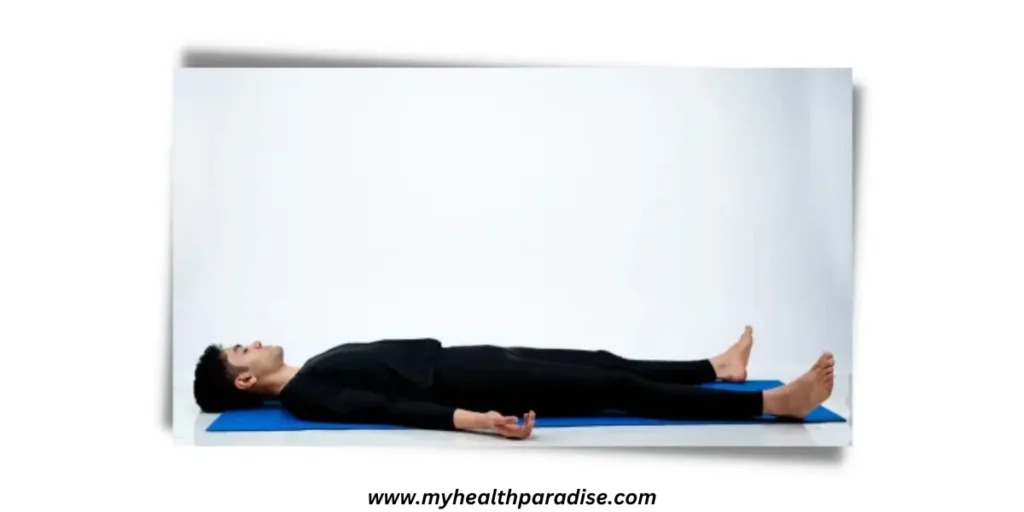Yoga Poses for Beginners: A 7-Minute Workout
Welcome to our comprehensive guide on yoga poses for beginners. In this article, we will take you through a 7-minute workout that will introduce you to the world of yoga and help you kick-start your practice.
Whether you’re a complete novice or have dabbled in yoga before, this workout is designed to be accessible and beneficial for all skill levels. Let’s embark on a journey and explore the incredible impact that yoga can have on our lives!
Benefits of Yoga for Beginners
Before we delve into the specific poses, let’s explore the numerous benefits that yoga offers to beginners.
Yoga is not just a physical exercise; it is a holistic practice that nurtures both the body and the mind. Let me share with you a few important advantages you can anticipate:
Improved Flexibility: Regular yoga practice gradually increases your flexibility, making daily movements easier and reducing the risk of injuries.
Enhanced Strength: Many yoga poses engage multiple muscle groups, helping you build strength and tone your body.
Stress Relief: Through focused breathing and mindful movements, yoga promotes relaxation, reduces stress, and calms the mind.
Better Posture: Yoga poses encourage proper alignment, leading to improved posture and a healthier spine.
Increased Mindfulness: The meditative aspects of yoga cultivate mindfulness, allowing you to be present at the moment and develop a deeper connection with your body.
The 7-Minute Yoga Workout for Beginners
Now, let’s dive into the 7-minute yoga workout that will introduce you to some fundamental poses. Remember to listen to your body and never push yourself beyond your limits. Here’s the sequence:
1. Mountain Pose (Tadasana)
Mountain Pose (Tadasana) is a foundational yoga pose that promotes balance, stability, and mindfulness. Begin by standing with your feet together, firmly rooted on the mat.
Activate your core muscles, release tension in your shoulders, and lengthen your spine. Take deep breaths, focusing on finding stability and a sense of grounding within your body.
Mountain Pose is an excellent starting point for any yoga practice, allowing you to establish a strong and centered foundation before moving into other poses.
2. Downward Facing Dog (Adho Mukha Svanasana)
Downward Facing Dog (Adho Mukha Svanasana) is a popular yoga pose that stretches and strengthens the entire body.
From Mountain Pose, hinge at the hips and place your hands on the mat, shoulder-width apart. Step back with your feet, forming an inverted V shape.
Press your palms into the mat and actively extend your spine while engaging your leg muscles. Take deep breaths in this pose to increase blood flow, release tension, and rejuvenate your body.
Downward Facing Dog offers a combination of strength, flexibility, and relaxation benefits, making it a valuable addition to your yoga practice.

3. Child’s Pose (Balasana)
Child’s Pose (Balasana) is a restorative yoga pose that promotes relaxation and gentle stretching. From Downward Facing Dog, lower your knees to the mat and sit your hips back on your heels.
Extend your arms forward and rest your forehead on the mat. Take deep breaths, allowing your body to surrender into the pose, releasing tension from your back, shoulders, and hips.
Child’s Pose is an excellent posture to rest and restore, providing a sense of calm and rejuvenation during your yoga practice.

4. Warrior I (Virabhadrasana I)
Warrior I (Virabhadrasana I) is a powerful standing yoga pose that strengthens the lower body and promotes stability.
From Child’s Pose, rise up and step your right foot forward between your hands. Rotate your back foot at a slight angle and lift your torso, extending your arms overhead. Sink into a lunge position, feeling a deep stretch in your hips and thighs.
Hold the pose for a few breaths, maintaining a strong and stable foundation. Repeat the sequence on the other side to balance the body.
Warrior I cultivates strength, focus, and grounded energy within your practice.

5. Tree Pose (Vrksasana)
Tree Pose (Vrksasana) is a balancing yoga posture that enhances stability, focus, and leg strength. Begin by standing upright, ensuring that your feet are positioned about hip-width apart.
Gently transfer the majority of your body weight onto your left foot, and then rest the sole of your right foot on either the inner thigh or calf of your left leg.
Find your balance and bring your hands to the prayer position at your heart center. Take deep breaths and fix your gaze on a steady point to improve concentration and steadiness.
Tree Pose strengthens the core, improves posture, and promotes a sense of grounding and inner peace.

6. Bridge Pose (Setu Bandha Sarvangasana)
Bridge Pose (Setu Bandha Sarvangasana) is a rejuvenating yoga posture that strengthens the back, glutes, and hamstrings while opening the chest and shoulders.
Start by lying on your back with knees bent and feet hip-width apart. Keep your arms comfortably positioned by your sides, with your palms facing downwards.
Press your feet firmly into the mat, engage your gluteal muscles, and lift your hips off the ground. Hold the pose for a few breaths, experiencing the gentle stretch and expansion in your chest and shoulders.
Bridge Pose is an effective way to improve posture, alleviate lower back discomfort, and promote overall spinal flexibility.
7. Corpse Pose (Savasana)
Corpse Pose (Savasana) is the final relaxation pose in yoga, intended to bring deep rest and rejuvenation.
After your 7-minute yoga workout, lie flat on your back, ensuring complete relaxation of your body. Close your eyes and shift your focus to your breath, allowing it to guide you into a state of tranquility.
Release any lingering tension or thoughts and surrender to the stillness of the pose. Stay in Savasana for a few minutes, savoring the benefits of your practice, including reduced stress, improved focus, and a sense of overall calmness.

READ MORE >> 7 Yoga Poses for a Stronger Core and Better Balance
Tips for Beginners
Start Slowly:
When beginning any fitness journey, it’s important to start at a comfortable pace. Gradually increase the length and intensity of your workouts as your body becomes stronger and more conditioned.
By adopting this approach, you’ll effectively reduce the risk of injuries and enable your body to gradually adjust to the new physical demands.
Listen to Your Body:
Be mindful of the sensations in your body while exercising and afterward. It’s essential to distinguish between muscle soreness and pain.
Pushing through mild discomfort is normal, but if you experience sharp or persistent pain, it’s a sign to stop and seek professional advice. Your body knows its limits, so honor it by not pushing yourself too hard.
Modify or Skip Difficult Poses:
Yoga, for example, often includes various poses with different levels of difficulty. If you find a particular pose too challenging or uncomfortable, don’t hesitate to modify it or skip it altogether.
Beginners can use props like blocks or straps to assist with balance or flexibility. It’s more important to focus on proper form and gradual progress rather than forcing yourself into advanced positions.
Patience is Key:
Fitness progress takes time and consistency. It’s essential to be patient with yourself and not get discouraged if you don’t see immediate results. Instead of fixating on instant changes, embrace the process and enjoy the small milestones along the way.
By maintaining a positive mindset and staying dedicated, you will gradually see improvements in strength, flexibility, endurance, or any other fitness goal you’ve set.
Seek Professional Guidance:
If you’re new to exercise, it can be beneficial to consult a fitness professional or certified instructor. They can provide guidance, help you set realistic goals, and create a customized workout plan tailored to your needs and abilities.
Proper form and technique are crucial, especially when starting out, to avoid injuries and maximize the effectiveness of your workouts.
Keep in mind that each person’s fitness journey is one-of-a-kind, and it’s crucial to discover what approach suits you best.
By starting slowly, listening to your body, modifying when needed, staying patient, and seeking professional guidance, you can establish a solid foundation for your fitness endeavors and set yourself up for long-term success.
Conclusion
Congratulations! You’ve completed the 7-minute yoga workout for beginners. By incorporating these poses into your routine, you’ll gradually build strength, flexibility, and mindfulness.
Remember, consistency is key in yoga practice. As you progress, feel free to explore more challenging poses and longer sessions.
Yoga is a beautiful journey of self-discovery, and we’re excited to be a part of your beginning. If you want to continue exploring the world of yoga, check out our website for more resources, tutorials, and tips.

- 12 symptoms of stress You Mustn’t Overlook
- 10 Causes for Stress Headaches and Proven Ways to SOLVE THEM
- 11 Things You Need to Know About Stress Rashes
- What Can Cause Breathlessness – easy finding
- How to workout your abs at home – A Comprehensive Guide
- How to Workout with Dumbbells at Home: A Comprehensive Guide

The My Health Paradise team consists of highly experienced and credentialed health and fitness experts dedicated to helping individuals achieve optimal wellness. Our team is based in the USA and has advanced degrees and certifications from top institutions such as the American Council on Exercise (ACE), National Academy of Sports Medicine (NASM), and the International Sports Sciences Association (ISSA) in personal training, nutrition, physical therapy, and sports medicine.
